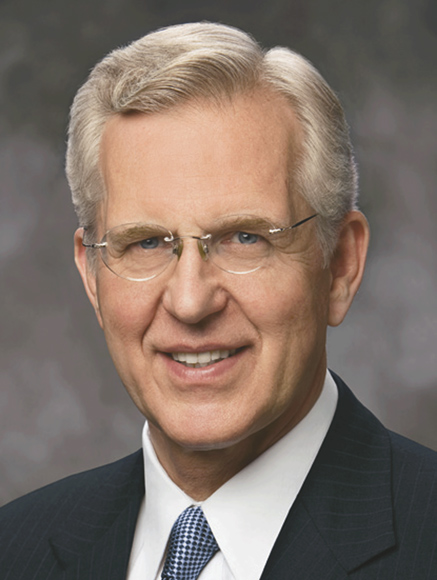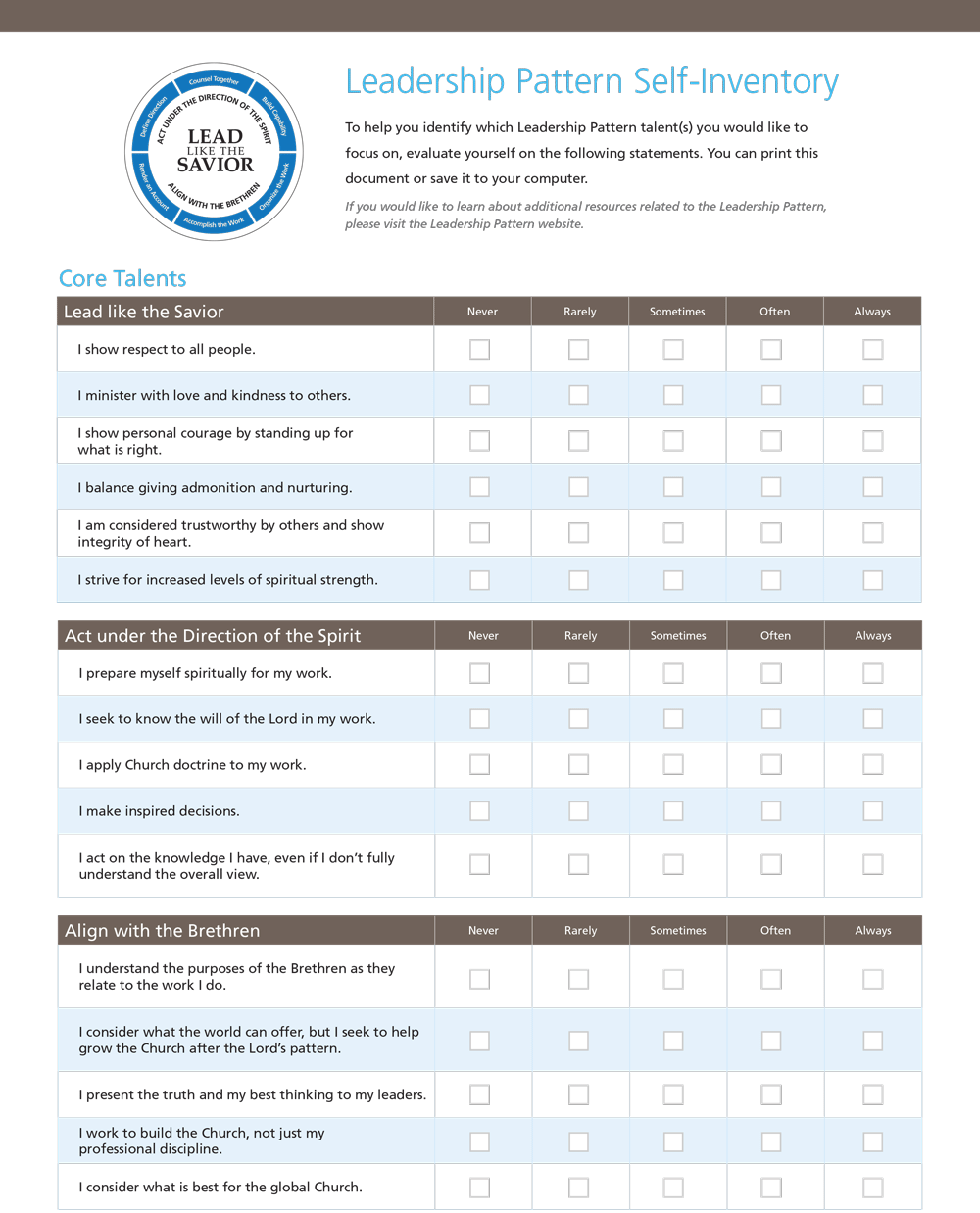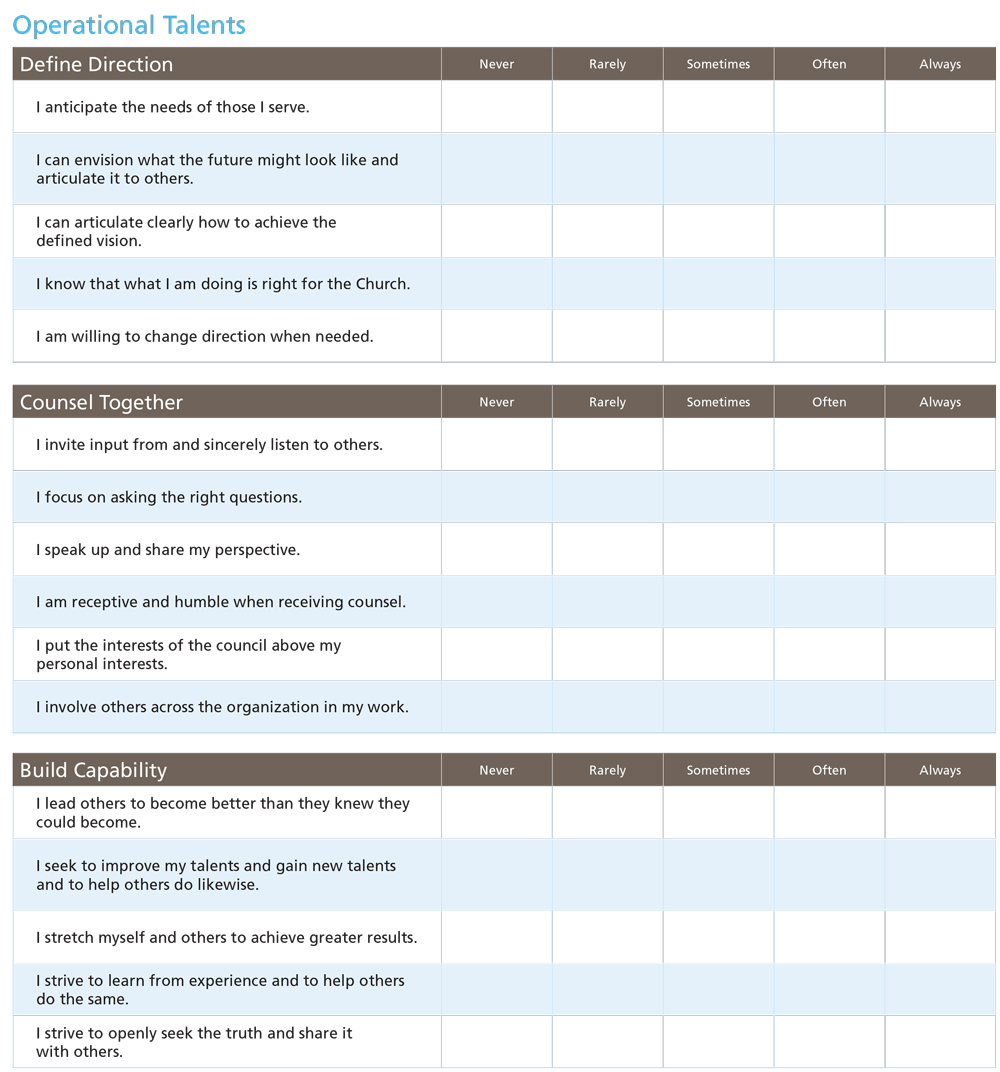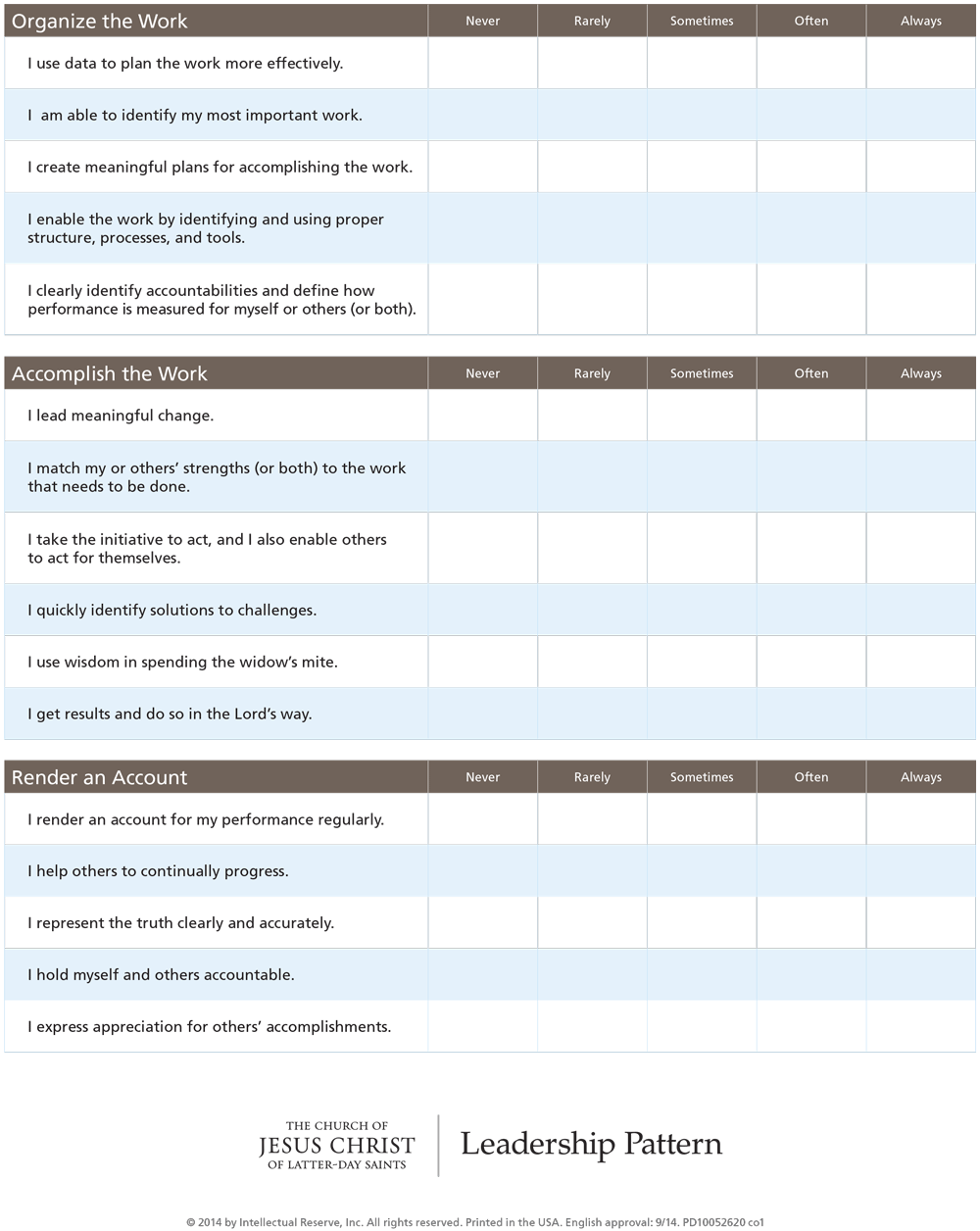Recognizing the Leadership Pattern as a Tool
From the following list, choose and complete one or more activities that best apply to your situation.
 Activity 1
Activity 1

Consider this painting of the Savior by Heinrich Hofmann. In your learner’s journal, write a portrait of the Savior describing His moral, intellectual, and spiritual attributes. Instead of drawing what He may look like, focus on writing about His character and qualities you personally admire in Him. Use scriptures, quotes, or your personal experiences, as well as more general impressions or feelings.
As a group, share your portraits of the Savior. Then discuss the following questions:
- Are any of the attributes you described included in the Leadership Pattern? Explain.
- Consider the painting by Heinrich Hofmann, your own description of the Savior, and the Leadership Pattern. What do each of these tools teach about the Savior?
As part of this discussion, refer to the statement by Marshall McLuhan in the lesson preparation materials: “We shape our tools and then our tools shape us.” Discuss the following questions:
- How can you use the Leadership Pattern as a tool to become like the Savior?
- How does Marshall’s statement apply to the Leadership Pattern?
 Activity 2
Activity 2
Take a few minutes to ponder the following questions individually. You could write some notes in your learner’s journal.
- What is a tool?
- What is the purpose of a tool?
Identify a tool you regularly use and ponder the following:
- When did you start using this tool?
- How long ago did you start using it?
- How good were you when you first used it?
- How good are your skills now when you use it?
- How long did it take you to learn how to use this tool?
- What does the tool allow you to accomplish?
- How much does this tool influence your life?
- Has learning how to use this tool help you to benefit others? Explain.
Pair up and share with your partner your answers to these questions.
Then review the Leadership Pattern with your partner and read the following description:
“The Leadership Pattern presents 9 talents and 48 behaviors. Its purpose is to help ‘the Church workforce know how to do the Lord’s work in the Lord’s way. [ . . . ] It brings together the best of doctrine, principles, and applications—guiding us to a higher level of behavior and performance and helping each of us to become more Christlike’” (Leadership Pattern website).
With your partner discuss the following:
- Consider your previous discussion about a tool you use frequently in your work. How is the Leadership Pattern a tool and what is its purpose and function?
- How long have you been using the Leadership Pattern?
- What have you learned about applying the Leadership Patter to your personal and professional life?
- What has the Leadership Pattern helped you to accomplish?
- What improvements have you seen in your life as you have used the Leadership Pattern?
- How has working with the Leadership Pattern helped you to benefit others (family, associates, coworkers, etc.)?
 Activity 3
Activity 3
Look at the following tools and discuss as a group:
![]()
![]()
![]()
![]()
![]()

- What do each of these tools allow people to do?
- What do these tools have in common?
- What have you or others you know accomplished by using these tools?
Discuss how these tools would help an architect, chef, health care professional, educator, customer service professional, and personal fitness trainer. In your work, you have been given several tools to help you develop and succeed. The Leadership Pattern is key to your development and success. Just as a measuring tape is essential to building and reshaping a house and a measuring cup is essential for a chef’s success, the Leadership Pattern is essential for your work at Deseret Industries. As you seek to apply this tool, it will bless your life and the lives of those around you.
Browse through the Leadership Pattern Self-Inventory found in the “Lesson Resources” section, resource 1, then choose three to four talents and answer their questions.
Join with the rest of the group and discuss the following:
- How is the Leadership Pattern a tool?
- In what ways does this tool allow you to measure, assess, and evaluate yourself?
- What have you accomplished (or can you accomplish) by using this tool in your life?



